|
|

A student to Bankei (Japanese Zen master):
‘Master, I have an ungovernable temper – how can I cure it?’
‘Show me this temper,’ said Bankei, ‘it sounds fascinating.’
‘I am not angry right now,’ said the student, ‘so I can’t show it to you.’
‘Well then,’ said Bankei, ‘bring it to me when you have it.’
Continue reading »
I would like to share with you a recipe for making a highly nutritious and healthy fruit smoothie. This recipe is really easy to make yet the results are just delicious. This has been my most favorite drink for breakfast over the years.
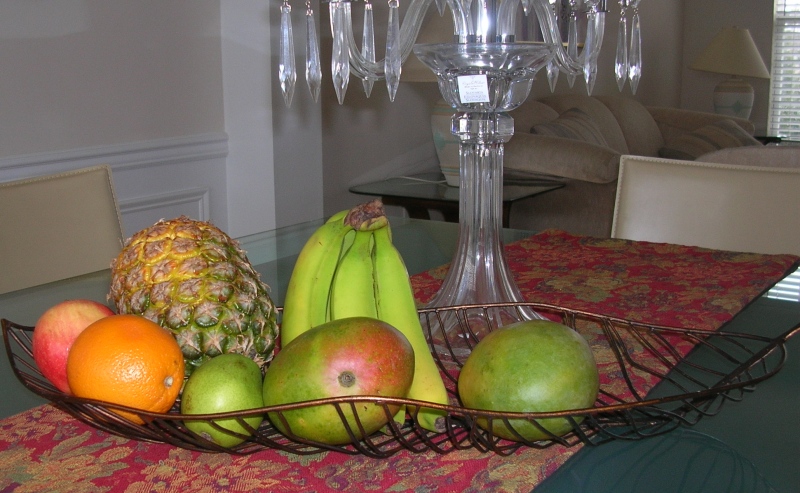
I am very fond of tropical fruits like mangoes, pineapple, banana, pomegranate, papaya etc. In general, I am what you can call a "fruitaholic" – I just like all types of fruit, including apple, pear, grapes, strawberries and all the rest. For my typical fruit smoothie, I just gather all the fruits that I have in my refrigerator. I wash the fruits thoroughly, core the needed ones like apple and pears and put them in the blender. My most common mix of fruits consists of mangoes, pineapple, grapes, oranges, banana and strawberries. To this mix I add a cup of home-made non-fat yogurt and let the blender do its job. I personally don’t enjoy getting grape skin in my mouth so I end up running the whole thing through a filter and put it all back in the blender. Now I add some nuts to the mix – almonds, cashew, walnut/pecan nuts etc. I blend the whole mix one more time and voila! the most delicious and nutritious drink is ready to be devoured.
As I mentioned, I like most fruits in my smoothie. However, there are two that I found do not render great taste in the smoothie – papaya and melon (even though I love eating them otherwise). I tried these a couple of times but now I have decided not to use them.
Instead of yogurt, you may also like to try fat-free/low-fat milk or soy milk.
To really enjoy the drink, I drink it really slowly, one sip at a time, enjoying the taste of the crunchy nuts and of course all the fruits that are in there. Please try this recipe and let me know how you like it. Along with this drink, I also have a piece of toast made of home-made multi-grain bread. I will share the recipe for the home-made bread in another post.
Do you have a favorite breakfast drink or another favorite recipe? Please share your recipe with us.
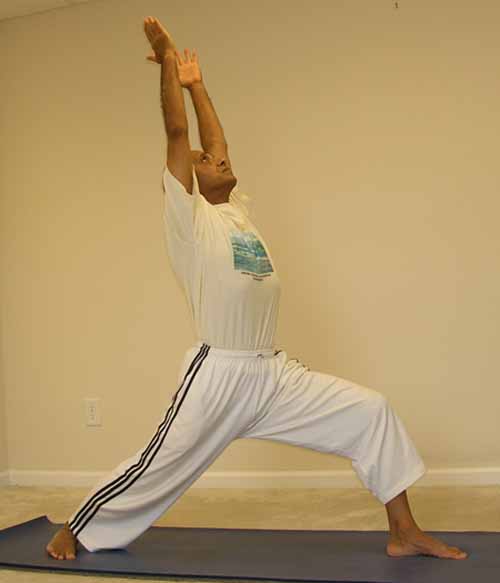
In this post, I would like to get back to the practice of asana and discuss one of the very commonly practiced asanas called Veerabhadrasana (वीरभद्रासन) or the Warrior Pose and its three variations. This is a powerful and energizing pose, especially useful for strengthening the leg and thigh muscles.
Veerabhadra was a mythical warrior, created by Lord Shiva from the strand of his hair to fight against King Daksha. Shiva was married to Daksha’s daughter, Sati who had married Shiva against the wishes of her father. Daksha, in order to take revenge against Shiva, organized a grand yajna (a sacrificial ceremony) in which he invited all the important and not-so-important gods except Shiva. Humiliated at this insult, Sati burned herself in the sacrificial fire. On hearing about it, Shiva was enraged and created Veerabhadra who eventually fought against and destroyed Daksha and his armies.
Warrior 1 Step-by-Step
Continue reading »
A few years ago, I attended a workshop on "yoga and eye care" taught by one Dr. Khare who was visiting from India. The workshop presented a pretty comprehensive set of practices for improving/stabilizing vision. Part of the information was based on the book, "Better Eyesight without Glasses" by William Bates. This book came out in the forties and has been a standard resource for eye care ever since. Recently I found this website which also provides similar information in a detailed manner – "The Complete book of Eye Care" – http://eye.taragana.com/ by Dr. M. S. Agarwal. I am presenting below the "7-step Program" in a condensed version of these practices.
I suggest that you add at least a subset of the eye exercises given here as a part of your home yoga practice. Those who have attended my yoga classes will recognize many of these exercises as we try to pick a different exercise for each class. Personally, I have found that regular eye exercises have helped me maintain my eye prescription the same for at least fifteen years now. I use glasses only for reading and computer work and have given up using them for driving or outdoor work
Continue reading »
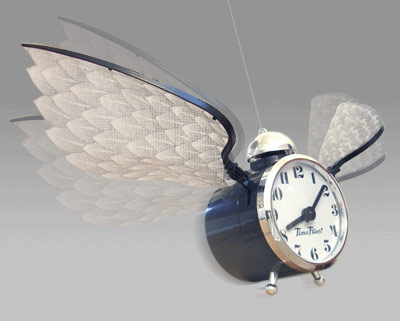
Here is an excerpt from an email that I recently received from a friend of mine.
“The last couple of months have been unusually busy (though not necessarily fruitful) for me at work. Days seemed to be packed with demands. The to-do list would often seem longer at the end of a long work day than it had at the beginning. Problems and worries abounded. When I opened my eyes in the morning, my first thoughts were of the to-do list. I suspect that many people struggle with similar situations and the sensation of being terrorized by their to-do list. The list may be work related, but it may also involve taking care of children or parents, regular chores and even things that we impose on our selves like going to a yoga class. We begin to live our whole lives in a hurry, trying desperately to get it all done. Even if we can find a day off, we continue to feel hurried, walking quickly, cleaning the kitchen quickly, brushing our teeth quickly. The habit energy carries on. Perhaps there is a subtle realization that we are not really living in the present moment, that this is not working; but we don’t know how to stop, how to get off the tread mill, or even how to find some peace and happiness in the work that we are doing.”
Continue reading »
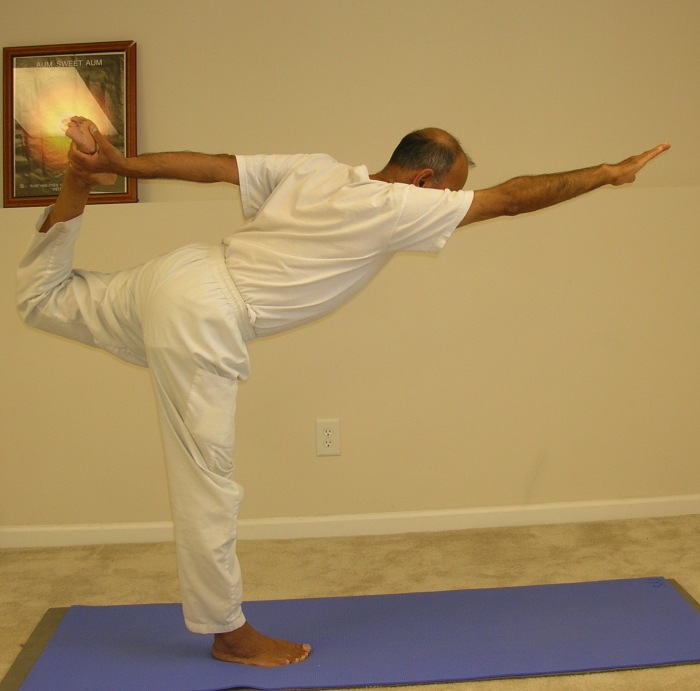 Natarajasana (Dancer’s Pose)
Nataraja (nata means a dancer and raja means the king or the lord), king-dancer, is the name of Lord Shiva (one of the trinity of Hindu gods – Shiva, Vishnu, and Brhma). In addition to being the dissolver of the universe, Shiva was also the Lord of dance and created over a hundred dances. Natarajasana – नटराजासन – is dedicated to Lord Shiva.
Natarajasana is an elegant-looking balancing pose which also involves a great stretch for the upper thighs (quads) as well as the spine and the shoulders.
Step by Step
(click on the arrow for audio instructions)
- Come to a comfortable standing position with the feet together and arms alongside the body. Inhale, shift your weight onto your right foot, and, bending the left knee, lift your left foot toward your left buttock. Pull the right knee cap up to keep the standing leg straight and strong.
Continue reading »
On one of the yoga groups on LinkedIn (Yoga Instructors and Practitioners), one question that is being discussed currently is, “If yoga is a spiritual science, what happens when you take the spiritual out of it?”. Lots of different views have been expressed. I have also been contributing to the discussion by presenting my best understanding of the subject basen on Yoga Sutras of Patanjali. I am giving here my thoughts as I have presented in that discussion group.
Continue reading »
As many of you are aware, one of my favorite questions to the students in my class is, “have you been practicing yoga at home?”. I only get a very few “yes” nods. Most people seem to practice only when they come to the class which, with a few exceptions, is just once a week for most. Some practice occasionally at home, that too only for a short time.
The importance and need for a home-based personal yoga practice cannot be overemphasized. Patanjali in his Yoga Sutras (sutra 1.14) defines "practice" (abhyasa) as, " it (practice) becomes firmly grounded on being continued for a long time, without interruption and with reverent devotion". Here, Patanjali mentions three qualifications for "practice":
- Long time – long time could signify this entire life-time, or longer. Because the purpose of yoga practice is to control the fluctuations of the mind (sutra 1.2), long time could even mean multiple life-times as attainment of samadhi (total absorption in the self) may not be possible in one life. We may or may not attain ‘samadhi’ in this life; however, we all stand to derive all the other benefits from a regular yoga practice.
- Without Interruption: Here it strongly suggests fixing a regular schedule for the practice and maintaining it religiously, without interruption. So, let’s say that you decide to practice every morning for 35 minutes. Then, this schedule must be maintained without interruption. A shorter practice done on a regular basis is much more beneficial than to wait for a day when you can spend the full 1.5 hours for your practice.
- With reverent devotion: You need to be fully committed to the practice as you appreciate the benefits that it will bring.
Once you start practicing, you will soon begin to realize the benefits and then your commitment will grow accordingly. The most common reason mentioned for not practicing is lack of time. I can easily appreciate the very busy pace of modern life (especially corporate life) which indeed does not leave much spare time. In addition to work, people have family commitments and other social obligations. So it is definitely a challenge to allocate time for yoga practice. However, as with everything else, it is primarily a matter of setting the right priorities. If you consider your physical and mental health as important, then a regular yoga practice must find its place in your top priorities.
How much time should you spend on your daily practice? Well, to get started, I suggest you dedicate twenty minutes every day for it. Spend ten minutes practicing a few rounds of Sun Salutation and about ten minutes for pranayama (breathing techniques). As mentioned above, once you establish a regular practice, you will begin to see the benefits which will motivate you to add some more time to the routine. When additional time is available, you can add other components of the practice, like some more asanas, relaxation and meditation. If you cannot find even twenty minutes in one go, you can split the asana and pranayama between morning and evening.
If you have absolutely no time that you can allocate for yoga, I suggest that you cut down your sleep by about a half hour and use that time for yoga. Because the yoga practice provides tremendous physical and mental relaxation, after a few days of practice, you will never miss your sleep. It is well known that many yogis need only 3 to 4 hours of sleep every night (I personally need only about 5.5 hours of sleep). Once again, it is primarily a matter of putting yoga higher on the priority list.
If you are dealing with specific physical or mental issues and would like recommendations accordingly, please do not hesitate to contact me as I would be happy to provide individualized guidance.
Many of you have asked me for an audio CD of the yoga session that I teach which they can use at home to build their own practice. Well, finally I do have a CD with the basic asana session (about 55 minutes). Please let me know if you would like a copy.
Do you already have a home-based practice? Please share with us your experiences from that practice – how long, what do you practice, has it changed your life in any way, etc? Please add your comments to this post.
Several months ago I received an email from the programs coordinator at Yogaville that they were looking for volunteers to staff many of their upcoming workshops. I thought this would be a great opportunity to spend a weekend at my yoga "alma mater" and also attend the workshop. So, I sent in my preference for a couple of them and ended up staffing the "Mindfulness Yoga" workshop during the Oct 23-25 weekend. The workshop was taught by Rev. Frank Jude Boccio who is a certified yoga teacher as well as a fully ordained interfaith minister; he is also ordained as a Dharmacharya, a dharma teacher in the Buddhist tradition.
Continue reading »
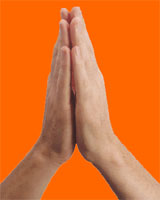
The word ‘namaste’ is a Sanskrit word and is a compound word consisting of “namas or namah†plus “teâ€. The word “namah†means to ‘bow down to someone in reverence’ and ‘te’ means ‘to you’. So, ‘namaste’ literally means that “I bow down to you out of respect or reverenceâ€. Namaste is the traditional greeting among the Hindus and is used both as "hello" and "good bye". When two people meet, they greet each other by joining their hands in front of the heart, bow down their head and say ‘namaste’. The extended meaning of ‘namaste’ is that ‘the divinity in me salutes the divinity in you’. We can only bow down to someone else when we recognize that the essence of the other person is divine. Also, in order to bow to someone else, we must be able to surrender our ego. When we do that we are ourselves closer to our own divinity. Hence the above extended meaning.
Grammatical note on Namaste
As mentioned above, Namaste is a compound of "namah" and "te". In Sanskrit, two adjacent words are joined together by using the rules called ‘sandhi rules’. When we apply the rules for these two words, the resulting word is "namaste". The word "namah" is what is called an indeclinable. That means the word does not go through any change when the gender or number of the person addressed is changed. It is derived from the root "nam" (pronounced like ‘numb’ with no ‘b’ sound) which means ‘to bow’, ‘to salute’ as a mark of respect or obeisance. The word "te" is the fourth conjugation of the word "yushmad" which means "you". It should be pointed out here that "namah" is always used with the fourth conjugation of the one being addressed. For example, in "om namah shivaaya" (salutations to Lord Shiva), ‘shivaaya’ is the fourth conjugation of ‘shiva’. The word "te" is singular and is the same for masculine and feminine genders. The first conjugation of ‘yushmad’ is ‘tvam’ and is used generally to address someone who is very close to you, like a close friend, or someone who is junior to you either in age or status. When addressing someone who is an elder or not a familiar person, a more formal form of address ‘bhavaan’ is used. Traditionally, "te" is also used when you are trying to communicate with the supreme being, God or your personal deity. This is to indicate that you have a sense of unity, or closeness with the divine.
Here is a link to an interesting video clip where Pastor Eddie Smith is explaining the meaning of ‘namaste’ to his church congregation.
|
Video DVD
Yoga with Subhash (asana and pranayama)
- Basic asana sequence (~50 min) ($18)
- Pranayama/Meditation (~35 min) ($12)
- Set of above two ($25)
Video recording of special programs offered in the past
(Links to YouTube videos will be provided)
- 21-day yoga immersion - $40
- 7-day hip opening intensive - $20
- 14-day meditation intensive - $30
- 14-day pranayama intensive - $30
- 7-day hamstring/quad intensive - $20
- 14-day Level 2 yoga intensive - $35
Payment options:
- cash, check, Zelle (use subhashmittal@gmail.com) or Venmo (use 9199269717)
- PayPal (go to bottom of page) (add $5 to the fee listed above)
Please contact me if you would like to buy.
|






Recent Comments